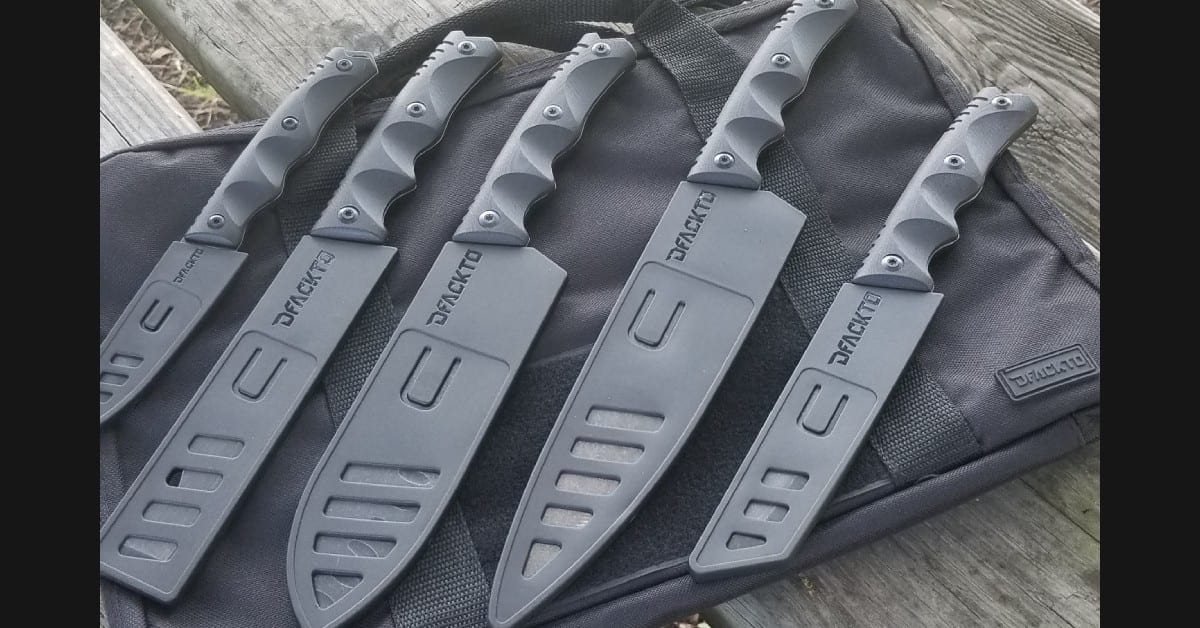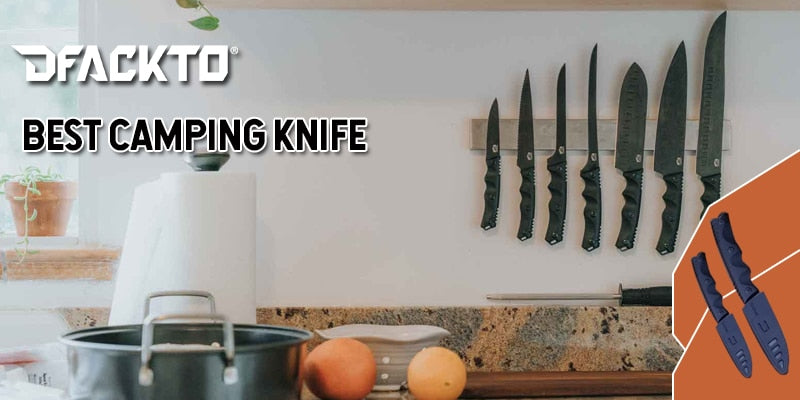Roast beef that is cooked should rest for 10 to 15 minutes after it is removed from the broiler with the goal that the natural juices are permitted to settle. This produces meat that is tender and makes it easier to cut. Meat that is somewhat tough ought to be cut into thin cuts against the grain. Tender cuts of meat might be hard to cut into slender cuts because the meat may fall apart, so thicker cuts are best. It is ideal to cut ground beef into cuts that are close to ¼" thick and delicate meat can be cut into cuts that are ½" or more.
Are you in the market for a quality culinary knife? If so, it’s time to shop DFACKTO, we carry only high-quality culinary knives that are perfect for the experienced chef and beginner alike. Shop DFACKTO today.


Tools to Carve Your Beef
- Carving knife: The longer and sharper the blade of your knife, the better. In the event that you don't have a knife explicitly for cutting, a large, sharp, serrated bread knife will carry out the responsibility despite the fact that the cuts won't look as alluring. Serrated knives have the benefit of remaining sharper for longer.
- Carving fork: A large carving fork with a few long prongs assists with holding the meat steady while cutting.
- Carving plate: This metal plate has spikes to make sure the meat stays in place while cutting and gulled edges to catch the juices. On the off chance that you are cutting meat without a bone. it is ideal to utilize a wooden or plastic board so as not to dull the knife.
- Steel/knife sharpener: If you are utilizing a customary cutting knife, hone it before each use.
- Pre-heated serving dish
- Clean hands
General Tips for Carving Beef
A couple of basic hints will help you successfully and easily carve your meat.- A beef roast ought to be permitted to rest for 10 to 15 minutes before cutting so the juices are reabsorbed into the meat. Aluminum foil can be placed over the meat to hold in the warmth.
- Don’t cut the meat while it is still in the pan or pot. Setting the meal on a cutting board makes cutting a lot simpler.
- To cut the beef roast appropriately, a sharp knife must be utilized. The blade ought to be held at a similar angle for each cut.
- Utilize a meat fork to hold the beef during the cutting.
- The meat ought to be cut against the grain, which makes the subsequent cuts progressively more tender.
- Delicate cuts of beef roast can be cut into cuts of any thickness, yet tougher cuts ought to be cut into thinner cuts.
Steps for Carving a Prime Rib Roast
Prime rib, with or without the bones, is another beef roast that is anything but difficult to cut. On the off chance that the prime rib is boneless, cutting the dish is simple. In the event that the bones have not been removed before cooking, they should be removed after the meat is cooked with the goal that cutting will be simpler. To remove the bones after the meat has been cooked, make one cut over the base of the roast then remove the rib segment by cutting equally along the rib bones, removing the whole rib area in one piece. In the event that the chine and rib bones were removed before cooking but were attached to the meat while cooking to add flavor, utilize the following basic guidelines for cutting the meat.- Place the prime rib roast on a cutting board. Cut the strings that are holding the bones.
- Dispose of the string and remove the bone area and put it in a safe spot. Save this part of the meal for the individuals who may appreciate eating the meat from the bones. (The ribs can be cut separately by cutting equal between the rib bones.)
- Position the boneless bit of the prime rib roast on the cutting board with the rib bone side down. Cut against the grain of the roast to desired thickness. Cuts are commonly 1/4" to 1/2" thick.
- Cut just the amount of slices that will be served during the feast to guarantee that the extra segment of the prime rib will hold as much moisture as possible for leftovers. Slicing the leftover prime rib before refrigerating it will make the meat less tender.



